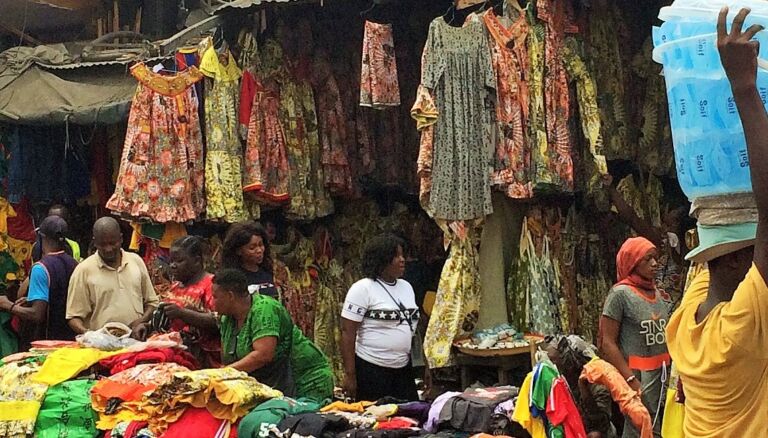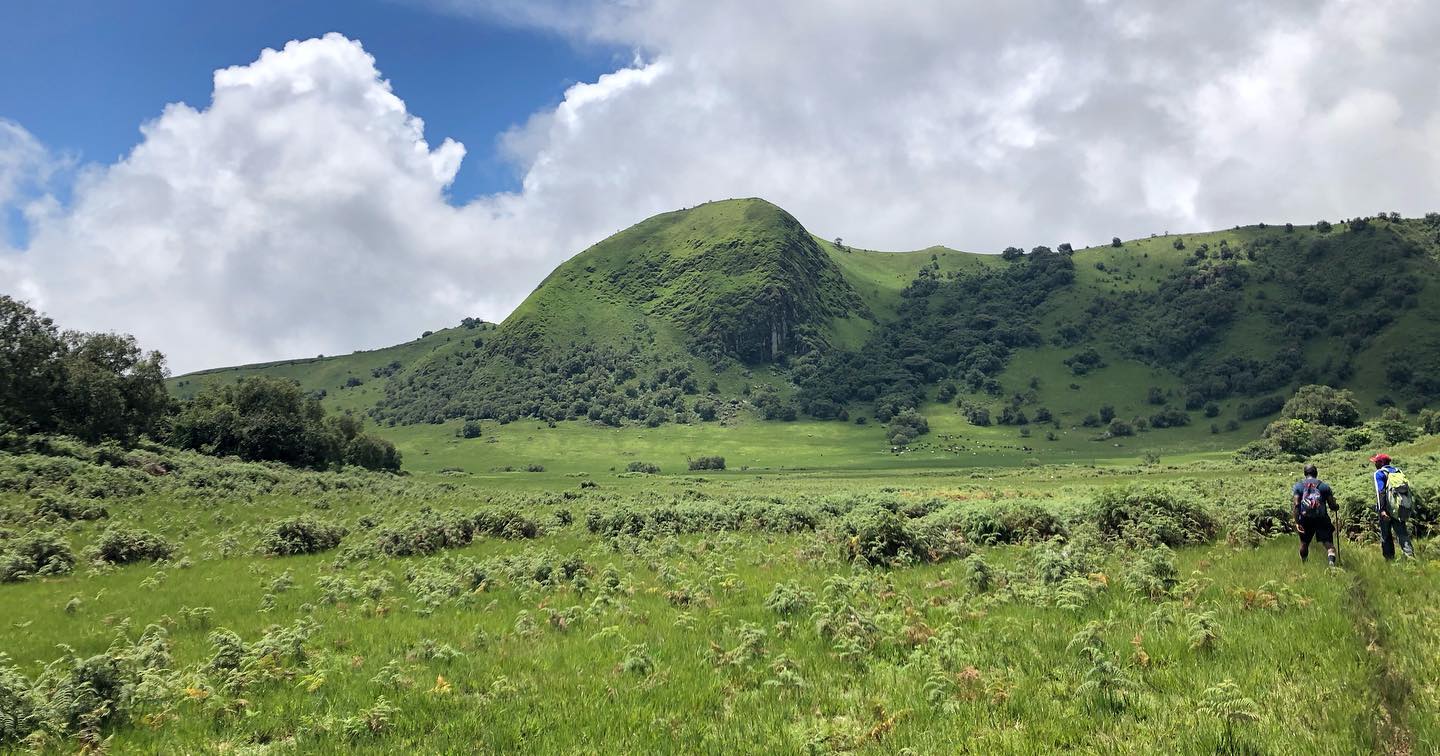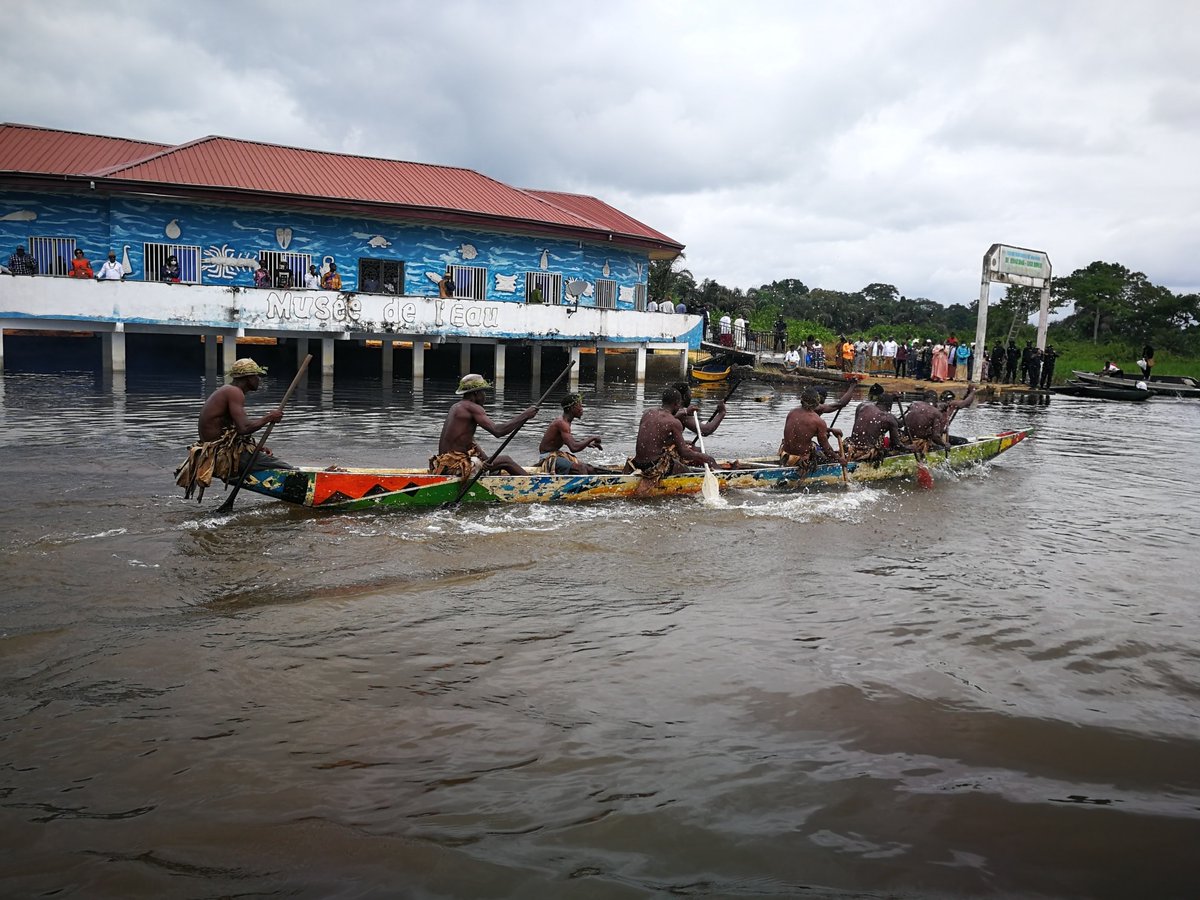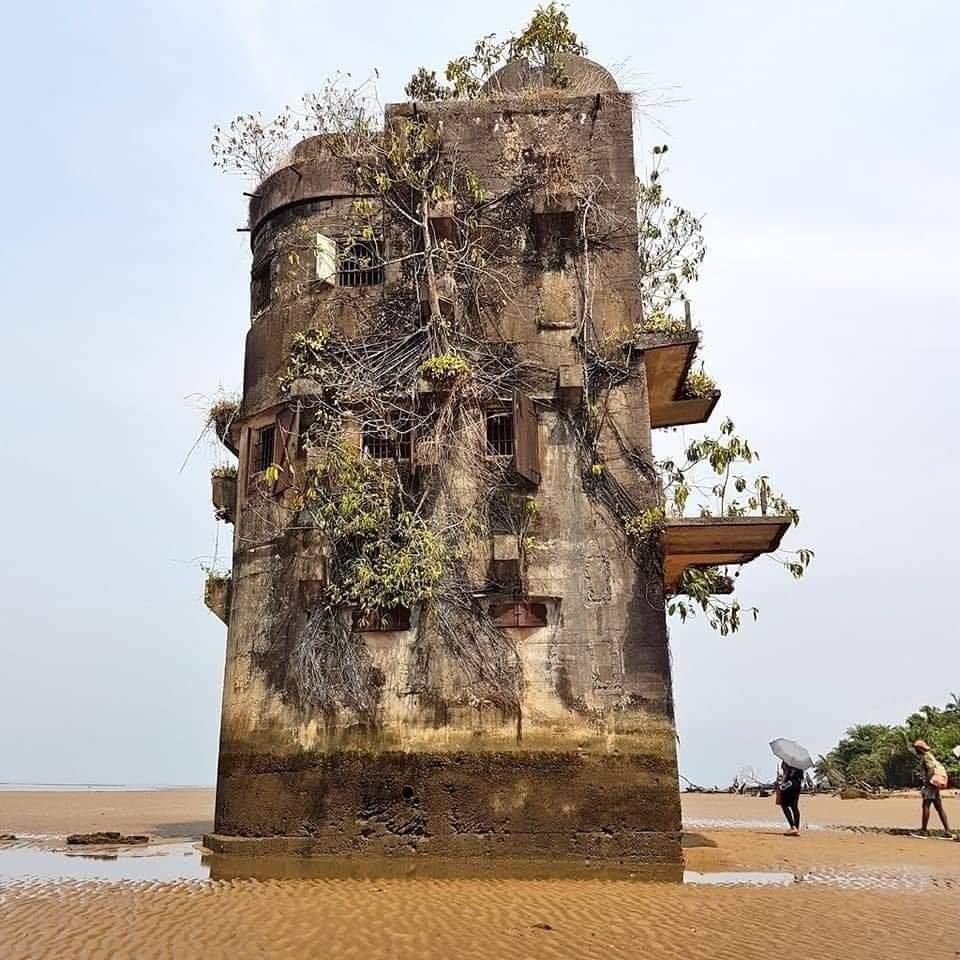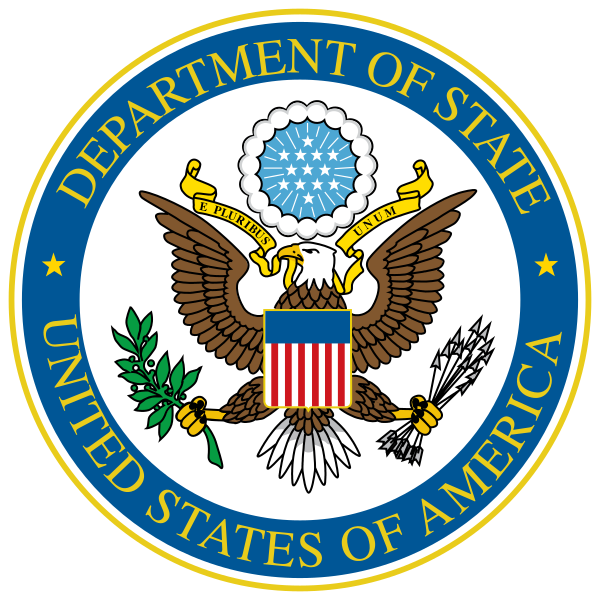de la 319,00 USD
- Durata: 1 Day (approx.)
- Locaţie: Douala
- Cod produs: PFW0TF
Douala Day Tour: Douala Edéa Wildlife Reserve
The Douala Edéa wildlife reserve (réserve de faune de Douala) is a vast wild expanse made up largely of mangroves and penetrated by numerous swamps and waterways. The Douala Edéa wildlife reserve is a refuge to a rare and endangered species such as the manatee, a large herbivorous marine mammal, forest elephants, chimpanzees, dolphins and more. On the beaches of the coast, sea turtles come to lay their eggs, with the high season between November and January. It is also possible to come on an excursion to Douala-Edéa Wildlife Reserve to see sea turtles hatch their eggs.
Douala Edéa’s flora is very rich, typical of tropical coastal areas with various types of swamp forests and its main species being rattan palms, raffias and numerous mangroves.To the west of the Douala Edéa Reserve, there is a long stretch of sand just at the end of the Wouri delta with wild yellow sand beaches where you have the whole area for yourself!
Our Douala-Edéa day tour includes pickup and drop-off in Douala.
We also organize multi day tours in the Douala-Edéa Wildlife Reserve. Contact our agency to obtain a quote for a tailor-made visit to the Douala Edéa Reserve!
Programme:
- Departure from Douala at 8am
- Monkey Island visit
- Marienberg Church visit
- Tissongo Beach visit
- Return to Douala around 4 p.m.
Included in the price
- Transport by motorized canoe round trip from Douala
- Guide
- Entrance fees and activities
- Lunch and drink
Additional Information On Douala-Edéa National Park
Flora:
The vegetation in Douala-Edéa consists mainly of primary rainforest, which is favored by the high annual precipitation. The area of the reserve is 80% covered by tropical lowland forest and 15% by Atlantic mangrove forest. There are also mangroves and seven lakes including Lake Tissongo as the largest body of water and Lake Osie. The mangrove forests are mainly composed of red mangrove, Rhizophora harrisonii and Rhizophora racemosa as well as isolated sections of Avicennia species (mainly black mangrove) and white mangrove together with nipa palms. The mouths of the Sanaga, Nyong, Dimbamba and Wouri rivers meet in the territory of the national park. The Sanaga River forms the northern boundary of the reserve.
Fauna:
Numerous species of monkeys occur in Douala-Edéa National Park, including the Nigerian-Cameroonian chimpanzee, lowland gorilla and Colobus satanas anthracinus. there was still a small population of forest elephants. Antelope are represented by bushbuck, sitatunga, black-backed duiker, white-bellied duiker, blue duiker, Peter's duiker, yellow-backed duiker and batesbok. The Congo otter may also live in the national park. There are also crocodiles, green sea turtles, Cameroon river dolphins and small populations of African manatee, leatherback and olive ridley turtles. The hawksbill turtle also nests here. Over 70 species of waterfowl have been recorded, including the Lesser Flamingo, as well as many migratory birds such as Black-winged Pratinchine and Openbills. The Sanaga River is home to 135 species of fish, including 21 endemics.






















